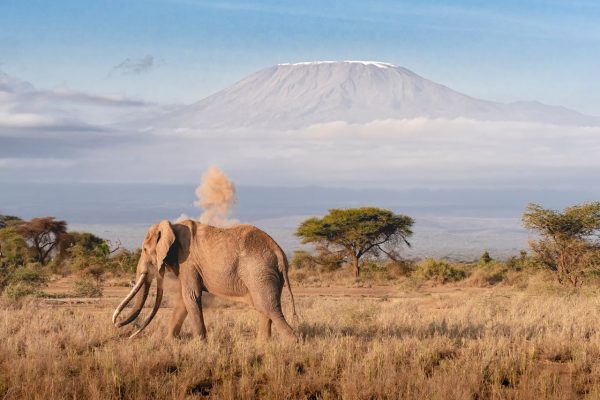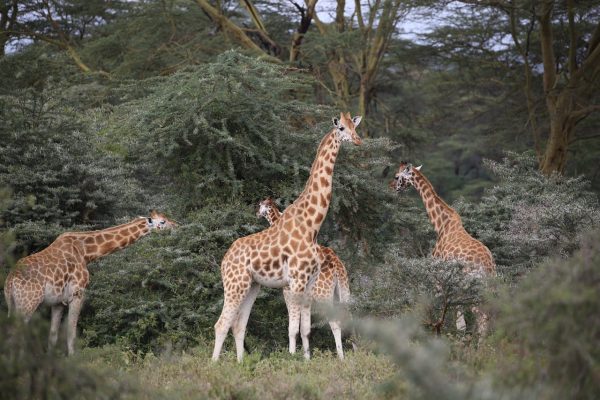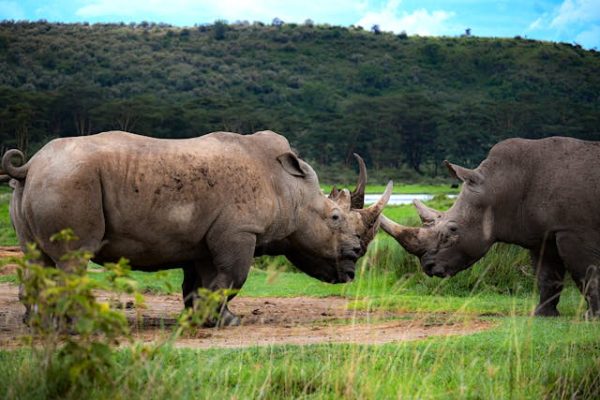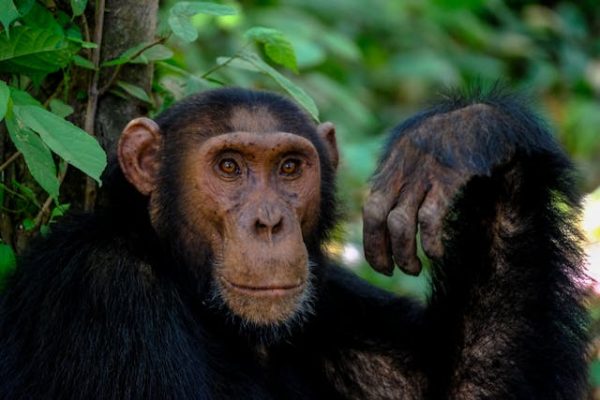Nairobi National Park
Nairobi National Park is a unique wildlife reserve located just 7 kilometers (about 4 miles) from the heart of Nairobi, Kenya’s capital city. Established in 1946, it is Kenya’s oldest national park and the only protected area in the world with such a wide variety of wild animals living so close to a major urban center. The park covers approximately 117 square kilometers and is fenced on the city-facing side, with the southern boundary open to allow for seasonal wildlife migration.
Key Features
1. Wildlife in the City
Despite its proximity to Nairobi’s skyscrapers, the park offers an authentic safari experience. It is home to:
-
Large mammals such as lions, leopards, cheetahs, buffaloes, giraffes, and hippos
-
A high concentration of black rhinos, making it one of the best places in Kenya to spot this endangered species
-
Herbivores like zebras, wildebeests, impalas, elands, hartebeests, and gazelles
-
Over 400 bird species, including seasonal migratory birds
2. Scenic Contrasts
The park’s open grass plains and scattered acacia bush are set against the striking backdrop of Nairobi’s skyline—a powerful image of urban-wild coexistence.
3. Nairobi Animal Orphanage & Safari Walk
Within the park’s entrance complex, the Nairobi Animal Orphanage cares for rescued and injured animals. The Safari Walk is an educational raised boardwalk showcasing Kenya’s diverse habitats and wildlife.
Activities
-
Game drives (available for half-day or full-day safaris)
-
Guided nature walks
-
Birdwatching tours
-
Picnics at designated sites such as Impala Observation Point and Kingfisher Picnic Site
-
Photography, especially for those interested in capturing the juxtaposition of wildlife and city life
Conservation Role
Nairobi National Park plays an essential role in black rhino conservation, with its secure environment supporting a breeding population. It also serves as a wildlife corridor to the south, connecting to the Kitengela plains and Athi-Kapiti ecosystem.
Accessibility
The park is easily accessible by road from any part of Nairobi. It’s a popular destination for day trips and is ideal for travelers with limited time who still want a safari experience.
Best Time to Visit:
The park is open year-round, but June to October and January to March are the best months for wildlife viewing due to less vegetation and easier animal spotting during the dry seasons.



